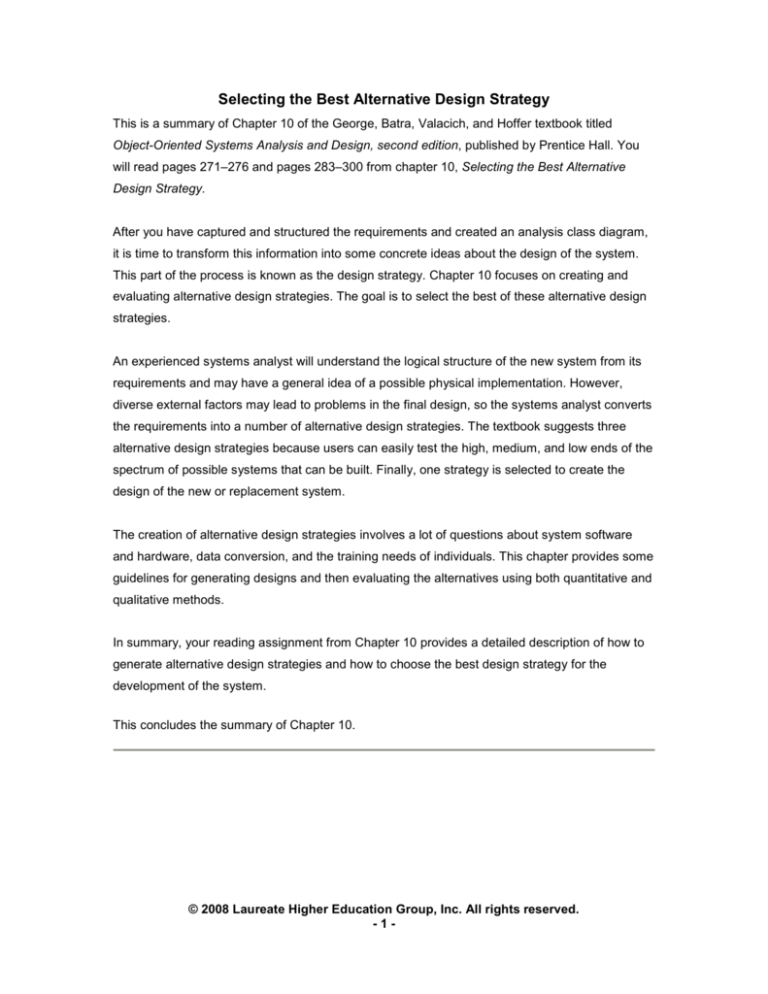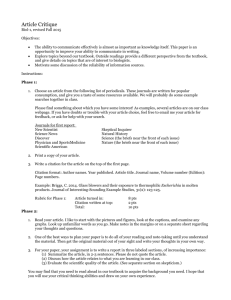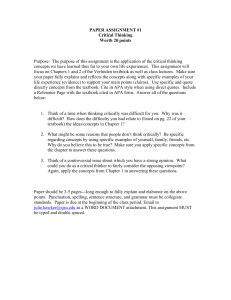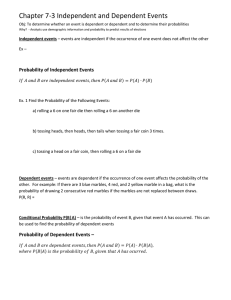
Selecting the Best Alternative Design Strategy
This is a summary of Chapter 10 of the George, Batra, Valacich, and Hoffer textbook titled
Object-Oriented Systems Analysis and Design, second edition, published by Prentice Hall. You
will read pages 271–276 and pages 283–300 from chapter 10, Selecting the Best Alternative
Design Strategy.
After you have captured and structured the requirements and created an analysis class diagram,
it is time to transform this information into some concrete ideas about the design of the system.
This part of the process is known as the design strategy. Chapter 10 focuses on creating and
evaluating alternative design strategies. The goal is to select the best of these alternative design
strategies.
An experienced systems analyst will understand the logical structure of the new system from its
requirements and may have a general idea of a possible physical implementation. However,
diverse external factors may lead to problems in the final design, so the systems analyst converts
the requirements into a number of alternative design strategies. The textbook suggests three
alternative design strategies because users can easily test the high, medium, and low ends of the
spectrum of possible systems that can be built. Finally, one strategy is selected to create the
design of the new or replacement system.
The creation of alternative design strategies involves a lot of questions about system software
and hardware, data conversion, and the training needs of individuals. This chapter provides some
guidelines for generating designs and then evaluating the alternatives using both quantitative and
qualitative methods.
In summary, your reading assignment from Chapter 10 provides a detailed description of how to
generate alternative design strategies and how to choose the best design strategy for the
development of the system.
This concludes the summary of Chapter 10.
© 2008 Laureate Higher Education Group, Inc. All rights reserved.
-1-












